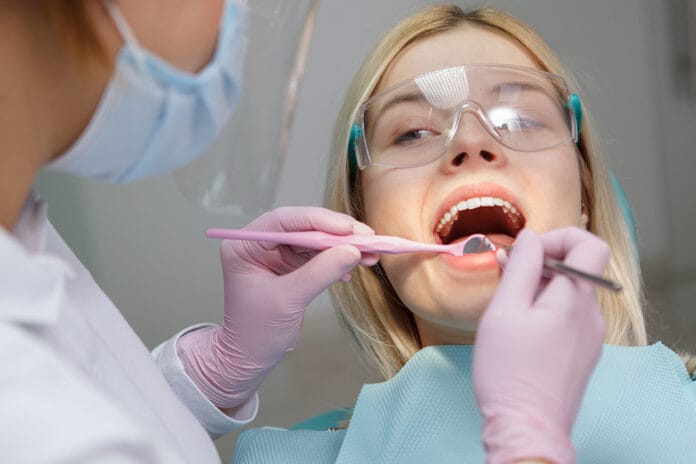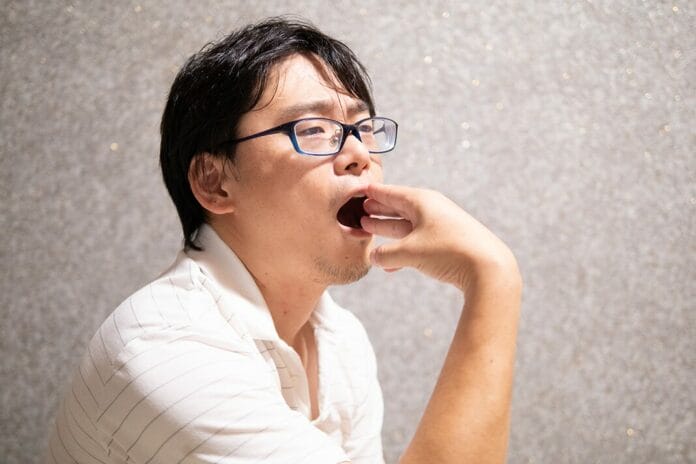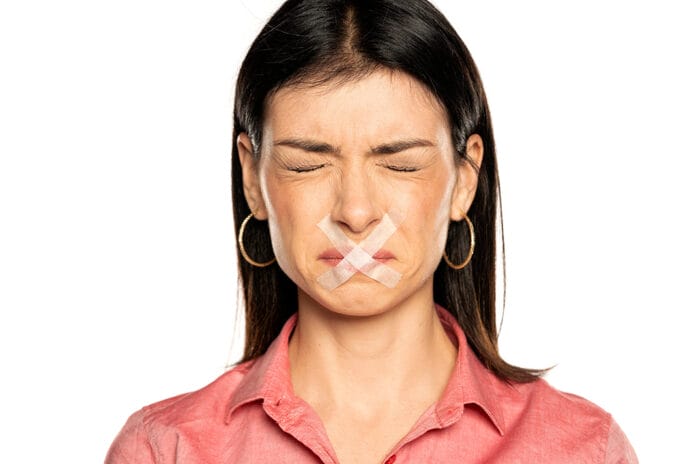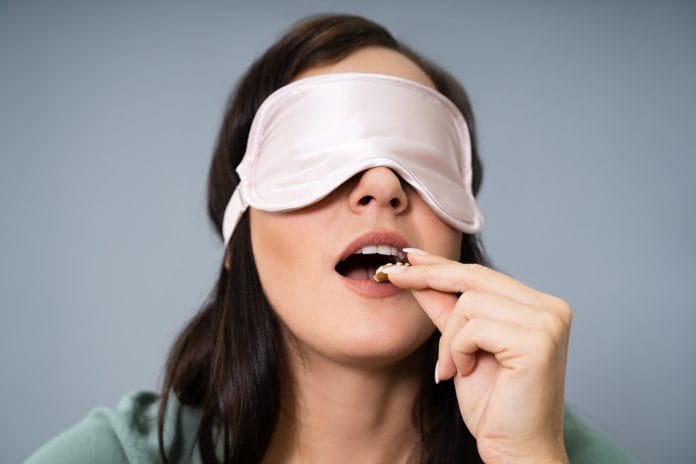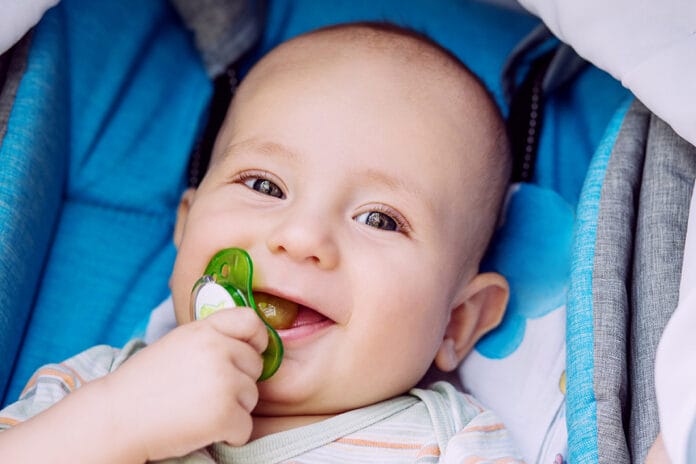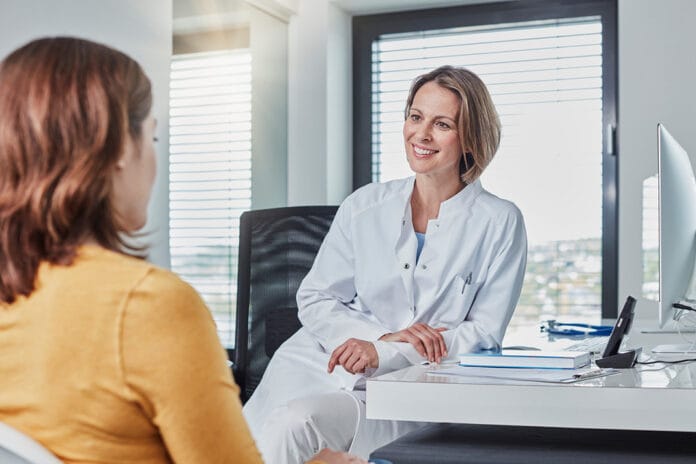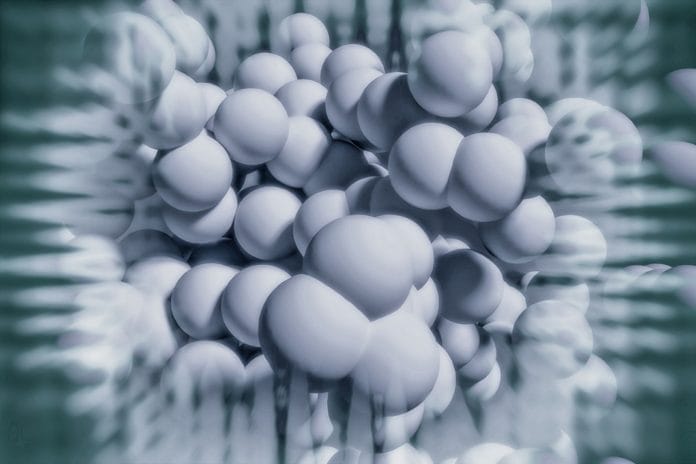Tanya L. Smith, RDH, BS
Tooth Remineralization Agents: An Evidence-Based Review to Make Informed Patient Recommendations
During the 1966 opening ceremony of the Third Conference on Oral Biology, Professor Leslie Hardwick warned participants of the need to rapidly disseminate new...
Fingernail Hygiene: An Overlooked Part of Dental Infection Control?
Maintaining optimal hygiene practices extends beyond the oral cavity and into all aspects of personal care, including fingernail hygiene. Fingernails can serve as a...
The Impact of Public Policy on Oral Health Care
Dental hygienists are critical to preventing and treating oral health issues at the individual and community levels. However, the effectiveness of oral health programs...
Kiss and Tell: Variations of Normal and Pathology of the Lips
Dental hygienists who perform comprehensive intraoral and extraoral exams recognize the importance of healthy labial mucosa. Dental patients may present with pathology or variations of...
Understanding the Therapeutic Dental Applications of Botox
Patients often tell dental professionals how much they do not care for their dental visits. For that reason, dentistry continually searches for ways to...
Trismus: A Potential Complication of Administering Local Anesthesia
Local anesthetic agents have been used in clinical dentistry to reduce or eliminate pain associated with invasive dental procedures since the early 19th century....
Mouth Taping: Viral Fad or Evidence-Based Treatment for Mouth Breathing?
Social media has increased dental patients' exposure to many trends, ranging from cleaning hacks to home health remedies. While some information can be helpful...
Taste Disorders: What Dental Hygienists Need to Know to Help Patients
Loss of taste is often regarded as less important when compared to vision and hearing loss. It is poorly studied because taste loss is...
Pediatric Oral Education: Guide Parents Through Risks, Benefits of Pacifier Use
Dental hygienists inevitably encounter the question of pacifier use, and it is important to understand the risks and benefits of non-nutritive sucking habits in...
Oral Health Effects of the Ketogenic Diet
The ketogenic diet has many devotees beyond the original intent of a controlled nutritional response to pediatric epilepsy. Dental hygienists have an in-depth understanding...
Interviewing During a Dental Hygienist Shortage: An Opportunity for Change
Many changes in the dental profession have occurred in recent years, notably a dental workforce shortage already in progress before 2020 that became exacerbated...
Is Community Water Fluoridation Necessary?
There are few other terms in dentistry that can provoke a debate the way the word “fluoride” does. Despite the CDC deeming community water...
Identifying Human Trafficking in the Dental Setting
Human trafficking is a modern form of slavery, second only to drugs as the world’s largest criminal activity. The United Nations defines trafficking in...
Green Dentistry: How to Lower your Practice’s Environmental Footprint
Have you ever thought about the amount of waste a dental practice produces? It can be hard to ignore when a large part of...
Interdisciplinary Care: Considerations for the Dental Management of Patients with Dysphagia
The profession of dental hygiene is continuously evolving to address the needs of varying populations through medical-dental integration and increased access to care. Currently,...
Not So Hard to See: Nanoparticles Surface in Dental Hygiene Products
Sixty years ago, Nobel prize-winning physicist Richard P. Feynman made a speech to the American Physical Society concerning manufacturing at the dimension of atoms...
HIPAA: Do Dental Professionals Fully Understand ‘Protected Health Information?’
Decades after the Health Insurance Portability and Accountability Act of 1996 (HIPAA) was first introduced, it is still one of the most misunderstood federal...
Peroxide Use in Dentistry: Is it Safe for Oral Health Care?
Every so often, a patient will admit to rinsing regularly with undiluted 3% hydrogen peroxide. If you’re anything like me, your mind immediately envisions...
Reviewing the Relationship of Mental Health with Dental Hygiene Care
Dentistry can be associated with anxiety, phobias, and acute stress. Conversely, these psychological disorders can be associated with dental diseases such as erosion, caries,...
Oral Piercing, Tattooing: RDHs Can Help Inform Patients about Body Modifications
Self-expression comes in many forms, including body modifications such as tattoos and piercings. Intraoral or perioral piercings and tattoos are more popular than ever....




